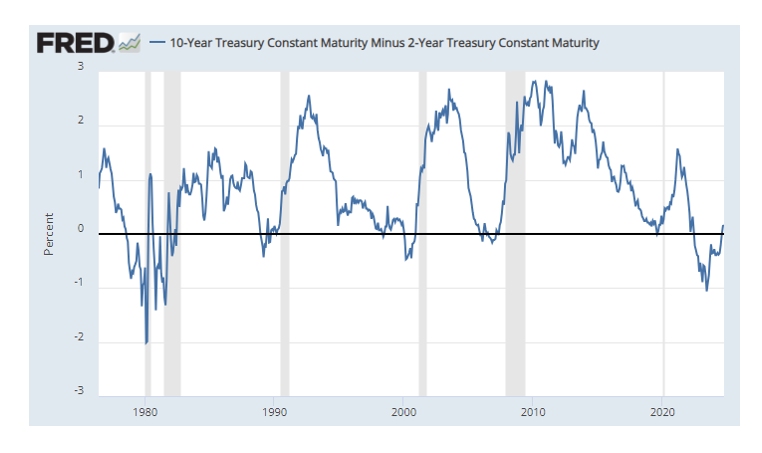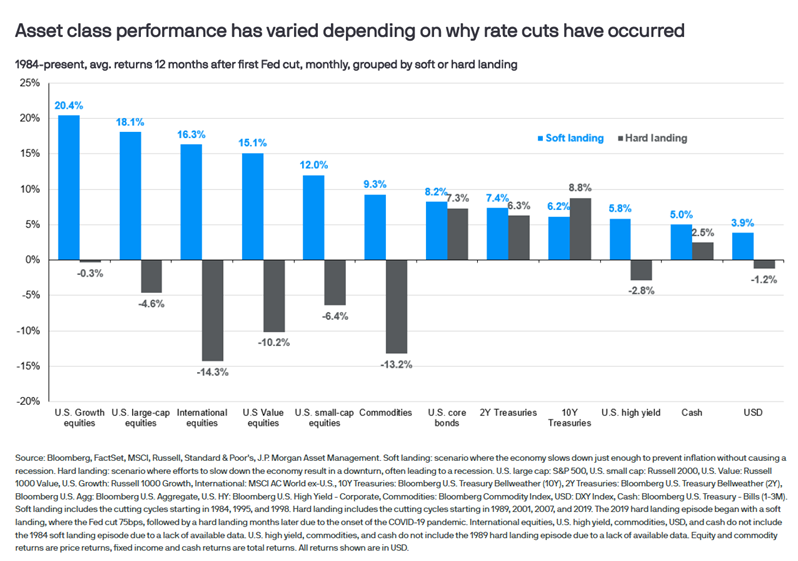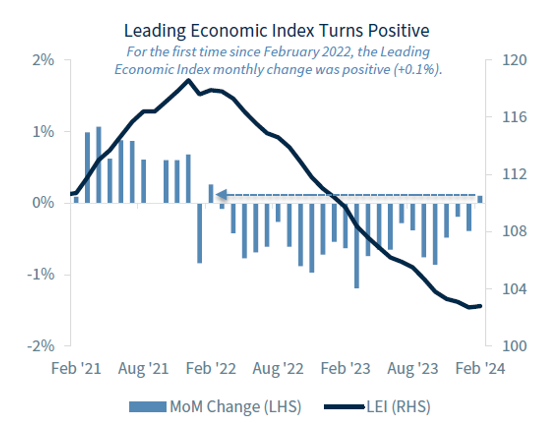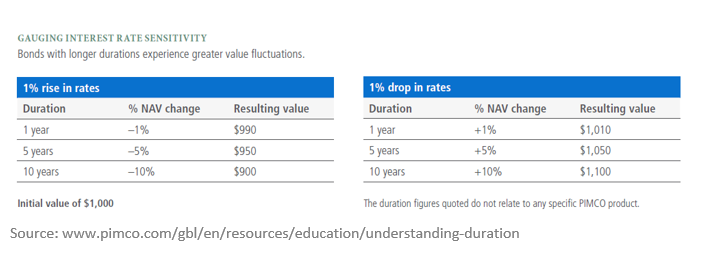Center Clients Donate over $1.3 Million in Tax-Savvy QCD’s in 2024!
![]() Contributed by: Lauren Adams, CFA®, CFP®
Contributed by: Lauren Adams, CFA®, CFP®
We are proud to announce that The Center assisted clients in donating over $1,350,000 to charities using the Qualified Charitable Distribution (QCD) strategy in 2024!
The QCD strategy allows clients with assets in an IRA account and who are over age 70.5 to donate funds directly from their retirement account to a charity. Giving directly from an IRA to charity results in those dollar amounts not being included in taxable income for that year. That usually results in a lower tax bill for our clients and can also have positive downstream effects like lowering the amount they may pay for Medicare premiums and the portion of Social Security that is taxable to them, depending on their situation and income level. For those 73 or older, QCDs also count towards the distributions they need to take each year for their Required Minimum Distribution.
Now, there are some caveats for QCDs — you need to be at least 70.5. Also, the charity has to be a 501(c)(3). There are limits on how much you can give each year through this method, but that number is actually relatively high at $108,000 per person per year right now.
The Center’s mission is to improve lives through financial planning done right, and we are so proud to be able to help clients make such a positive impact on the world (bonus points for it being in a tax-savvy manner!).
Did you know that QCDs are only one of many charitable giving strategies that our team helps clients deploy? Watch this video to learn more about ways our clients make their charitable dollars stretch further for the causes they care about while potentially lowering their tax burden.
As always, we recommend you work with your tax preparer to understand how these strategies affect your individual situation. If you want to explore these strategies and more, contact your Center financial planner today!
Lauren Adams, CFA®, CFP®, is a Partner, CERTIFIED FINANCIAL PLANNER™ professional, and Director of Operations at Center for Financial Planning, Inc.® She works with clients and their families to achieve their financial planning goals.
The foregoing information has been obtained from sources considered to be reliable, but we do not guarantee that it is accurate or complete, it is not a statement of all available data necessary for making an investment decision, and it does not constitute a recommendation. Any opinions are those of Lauren Adams, CFA®, CFP® and not necessarily those of Raymond James. While we are familiar with the tax provisions of the issues presented herein, as Financial Advisors of RJFS, we are not qualified to render advice on tax or legal matters. You should discuss tax or legal matters with the appropriate professional.
Securities offered through Raymond James Financial Services, Inc., member FINRA/SIPC. Investment advisory services are offered through Raymond James Financial Services Advisors, Inc.
Center for Financial Planning, Inc. is not a registered broker/dealer and is independent of Raymond James Financial Services.





























